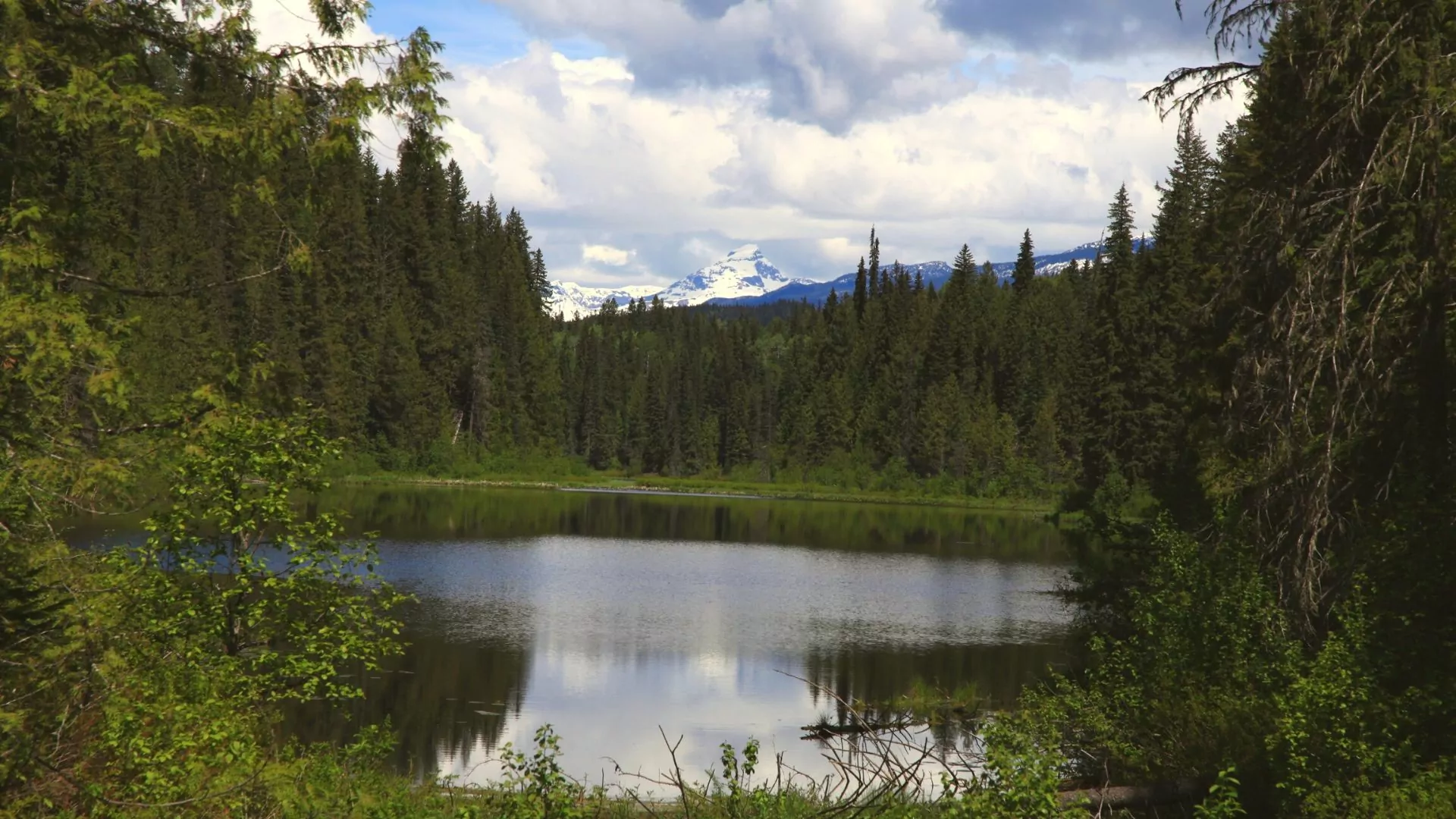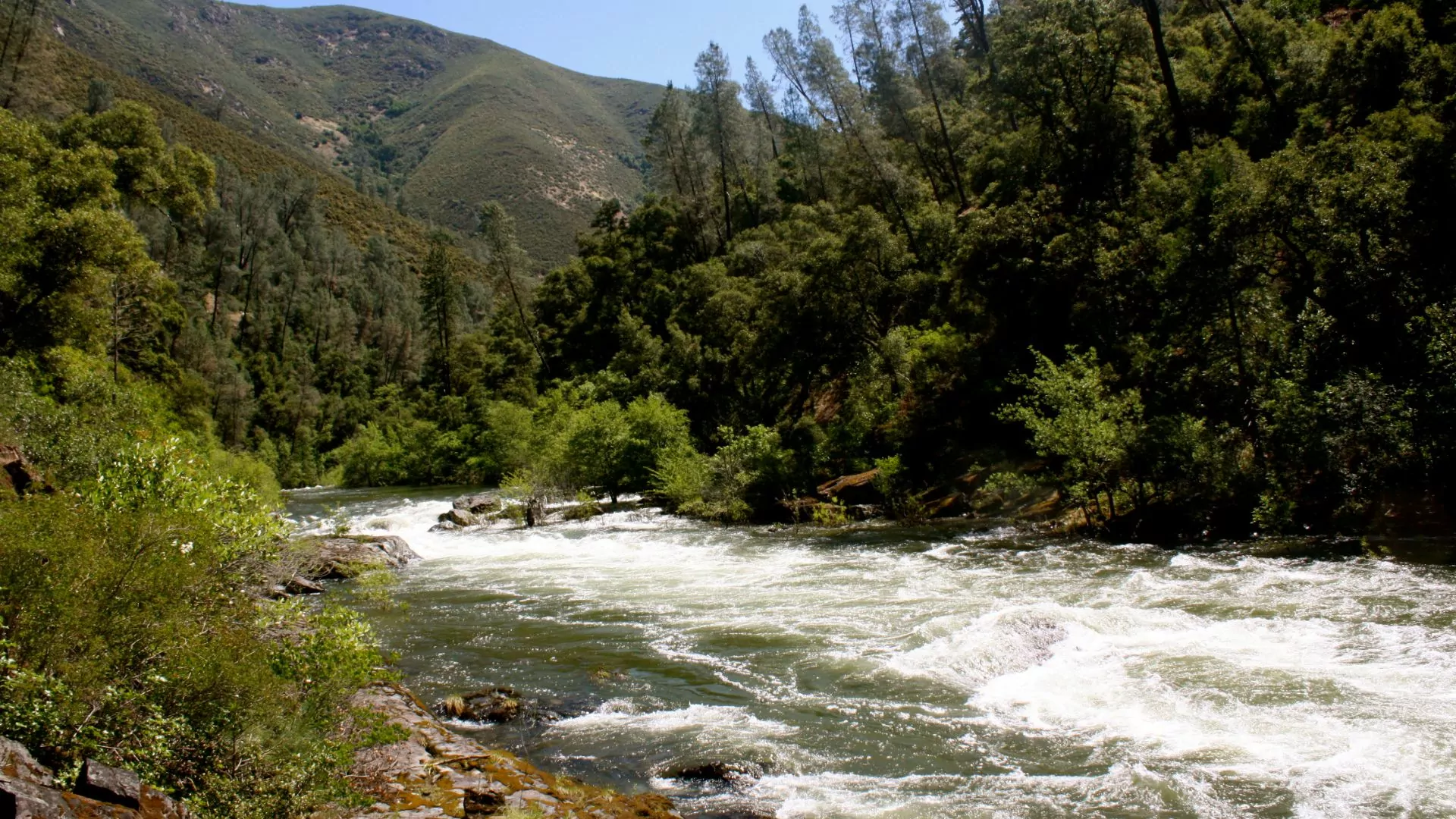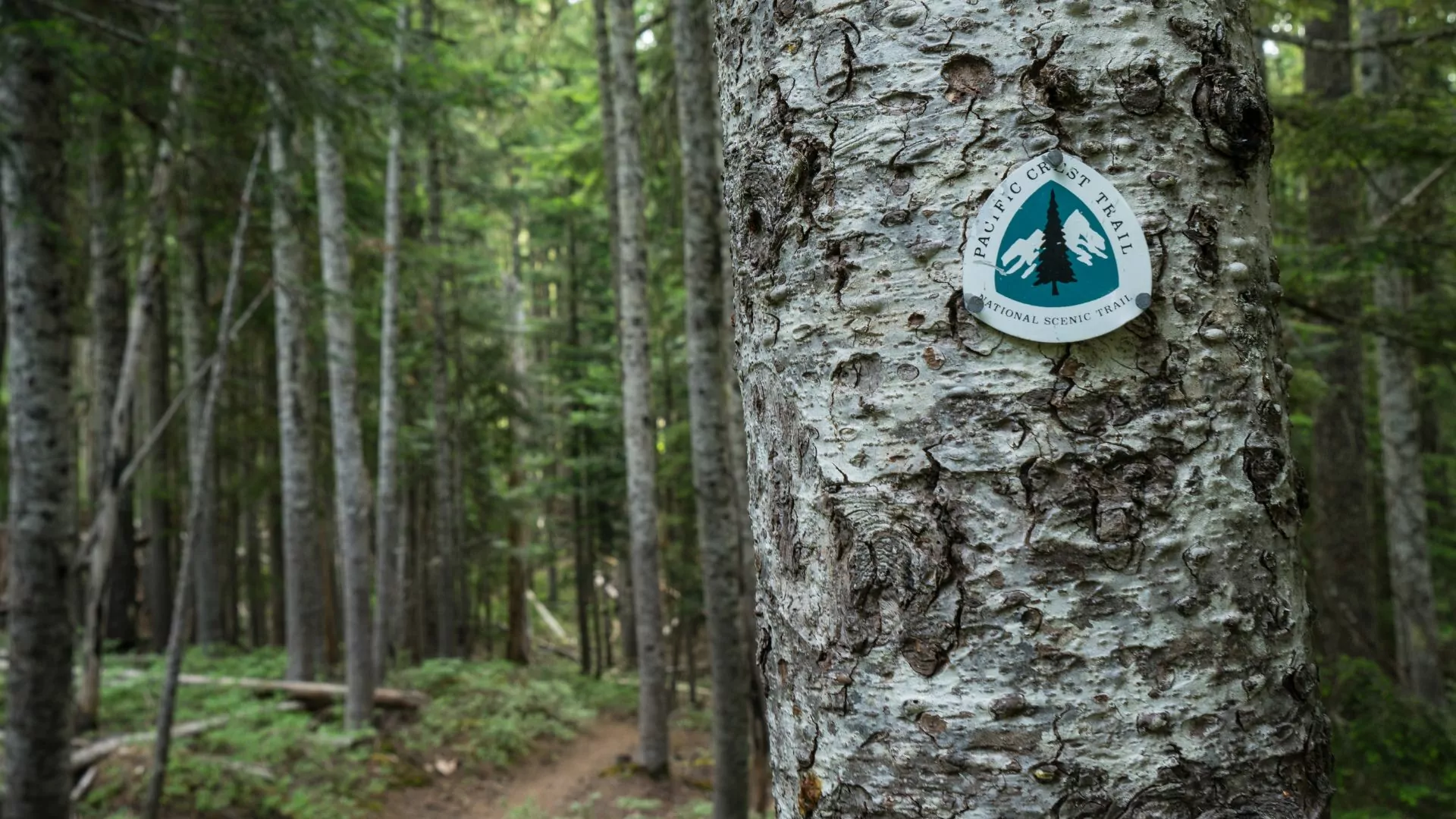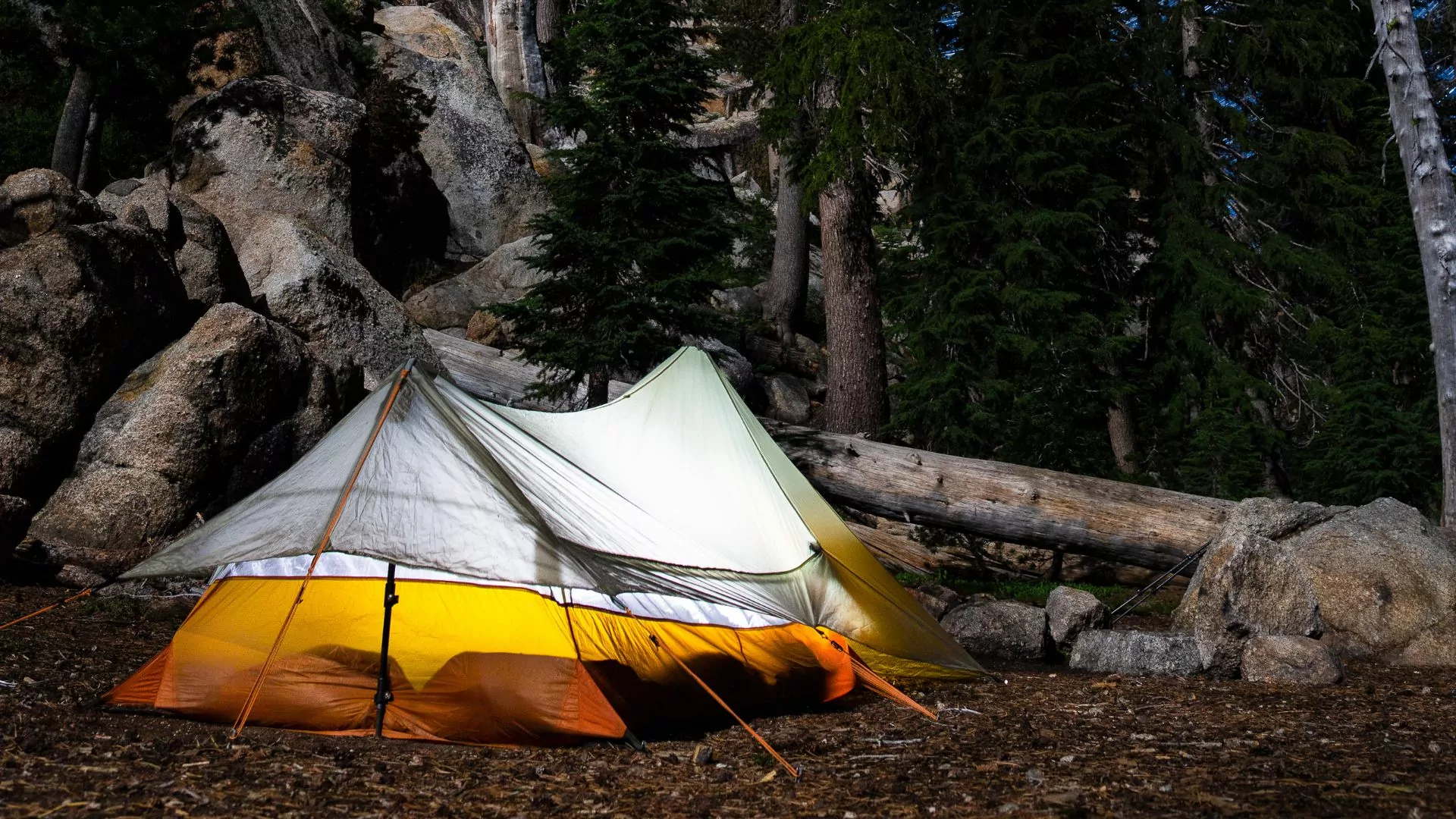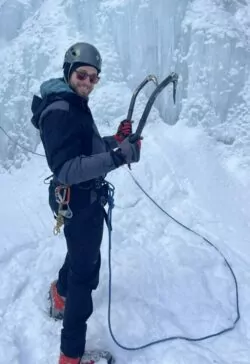Backpacking in the Emigrant Wilderness

Emigrant Wilderness backpacking is a breathtaking expanse of rugged beauty. As you lace up your hiking boots and shoulder your backpack, you are embarking on a journey into a pristine wilderness teeming with alpine lakes, towering granite peaks, and lush meadows. The trails wind through dense forests of pine and fir, offering glimpses of wildlife and the soothing sounds of nature.
Each step brings you closer to a sense of freedom and adventure, as you leave behind the hustle and bustle of everyday life and immerse yourself in the tranquillity of the wilderness. Backpacking in the Emigrant Wilderness is not just a physical journey, but a spiritual one, where you can reconnect with the natural world and discover the true essence of exploration.
The 113,000-acre Emigrant Wilderness is located in the Stanislaus National Forest, on the upper western slope of the central Sierra Nevada mountain range. Bordered on the south by Yosemite National Park and on the east by the Toiyabe National Forest/Hoover Wilderness, this wilderness area measures roughly 25 miles long and 15 miles wide. Major watersheds here drain to the Stanislaus and Tuolumne Rivers. The area is entirely within Tuolumne County and is approximately 140 air miles east of San Francisco, 50 air miles south of Lake Tahoe.
History
The Emigrant Wilderness was officially designated by Congress in 1975, although much of the area had already been safeguarded as a Forest Service Primitive Area since the 1920s. This glaciated landscape boasts remarkable scenic beauty, with the northeastern portion characterized by volcanic ridges and peaks, while the rest features sparsely vegetated granitic ridges interspersed with numerous lakes and meadows.
Elevations within the Emigrant Wilderness vary from below 5000 feet near Cherry Reservoir to a towering 11,570 feet at Leavitt Peak. The region receives an average of 50 inches of precipitation annually, with 80 percent falling as snow. Snowpacks often persist into June, particularly after wet winters.
Summers are typically dry and mild, though sporadic afternoon thundershowers can occur, and nighttime temperatures may drop below freezing. Mosquitoes are prevalent near wet areas during June and July. Some parts of the Emigrant Wilderness still permit cattle grazing, so encountering cows or their signs is possible from July to September.
The Emigrant Wilderness area has a rich history that dates back to the indigenous people who originally inhabited the land. The area was traditionally home to the Miwok and Washoe tribes, who lived off the land and thrived in harmony with nature.
In the mid-19th century, the California Gold Rush brought a wave of settlers and prospectors to the region, leading to increased exploration and development of the area. The Emigrant Wilderness got its name from the emigrant parties that passed through the area on their way to California during the Gold Rush era. These early pioneers faced harsh conditions and rugged terrain as they made their way through the wilderness but hopefully your journey there will be more pleasant.
Getting There:
Emigrant Wilderness backpacking trips can be accessed from various trailheads, each offering unique hiking and backpacking opportunities. Some of the popular trailheads for accessing the Emigrant Wilderness include:
1. Kennedy Meadows Trailhead: Located off Highway 108, this trailhead provides access to several trails leading into the Emigrant Wilderness, including the Kennedy Meadows to Relief Reservoir Trail.
2. Crabtree Trailhead: Situated off Crabtree Road, this trailhead is a starting point for hikers looking to explore the Crabtree Lakes area and surrounding wilderness.
3. Leavitt Meadows Trailhead: Located near Sonora Pass on Highway 108, this trailhead offers access to the West Walker River and the Emigrant Wilderness, with trails leading to beautiful alpine lakes and meadows.
These trailheads serve as gateways to the stunning landscapes and diverse terrain of the Emigrant Wilderness, providing hikers and backpackers with a range of options for exploring this pristine wilderness area.
Emigrant Wilderness backpacking generally has two options for arranging overnight trips. The first option is to do a “loop” or “out-and-back” route, meaning that hikers will start and finish at the same trailhead and car. The second option is a continuous thru-hike route where a car shuttle is arranged or dropped off ahead of time. Emigrant Wilderness backpacking is unique in the fact that both of these trip styles are possible.
The Pacific Crest Trail (PCT) passes through the Emigrant Wilderness for approximately 15
miles. This section of the PCT offers hikers stunning views of the surrounding landscape,
including alpine lakes, granite peaks, and lush meadows. It is a popular segment of the trail for
thru-hikers and backpackers seeking a challenging yet rewarding experience in the Sierra Nevada
mountains.
Sonora Pass is a much fabled place on the PCT as it is the portion of the trail where
Northbounders are often able to send home their ice axes, microspikes, and bear cans which can
significantly reduce pack weight. However, this will depend on the time of year and that year’s
snow conditions. Additionally, Sonora Pass is near the 1,000 mile mark of the PCT, an exciting
achievement!
Camping Options
Backpackers in the Emigrant Wilderness have a range of camping options to choose from, including established campgrounds, backcountry campsites, and dispersed camping areas. Many of the established campgrounds offer basic amenities such as pit toilets and fire rings, making them ideal for those looking for a more comfortable camping experience.
For those seeking a more remote experience, backcountry campsites are scattered throughout the wilderness, allowing backpackers to set up camp in secluded and picturesque locations. Dispersed camping is also permitted in most areas of the wilderness, giving backpackers the freedom to choose their own campsite and enjoy the solitude of the backcountry.
Bear Lake Emigrant Wilderness Backpacking:
Wildland Guided Trip
Embark on an off-the-beaten-path backpacking adventure through the Northern Sierras, where you’ll discover high alpine lakes, sleep in stunning lakeside campsites, and eat delicious guide-prepared cuisine. This 4-day, 22.5-mile journey begins and ends in Merced, California, with the option for pre and post-trip lodging at the El Capitan Hotel.
Rated as a moderate 3 out of 5 in difficulty and a tranquil 4 out of 5 in solitude, this limited number fall season trip promises a unique experience. Reach the breathtaking 8,200ft high-point at Gem Lake on Day 2, while starting at the 7,200ft elevation low at Crabtree Meadow Trailhead. Trailhead bathrooms and post-hike showers at the El Capitan Hotel ensure comfort throughout the journey. Indulge in exceptional breakfast, lunch, and dinner options, with accommodations for various dietary restrictions. Don’t miss out on this unforgettable guided Emigrant Wilderness Backpacking experience in the heart of the Northern Sierras.
Before embarking on a backpacking trip in the Emigrant Wilderness, it is important to be
well-prepared and informed. Here are some tips to help ensure a successful and enjoyable
experience:
1. Obtain a wilderness permit from Stanislaus National Forest office before starting your trip.
2. Pack lightweight and durable gear, including a reliable tent, sleeping bag, and stove.
3. Bring plenty of water and food, as water sources can be limited in some areas.
4. Be prepared for changing weather conditions, as temperatures can vary significantly.
5. Leave no trace by following wilderness ethics and packing out all trash and waste.
Backpacking in the Emigrant Wilderness offers a unique opportunity to explore one of California’s most pristine and untouched wilderness areas. With its stunning landscapes, challenging terrain, and abundant wildlife, the wilderness provides a perfect setting for outdoor adventure and solitude. By following the trails, camping responsibly, and being well-prepared, backpackers can experience the raw beauty of the Emigrant Wilderness and create lasting memories of their journey into the heart of the Sierra Nevada mountains.



